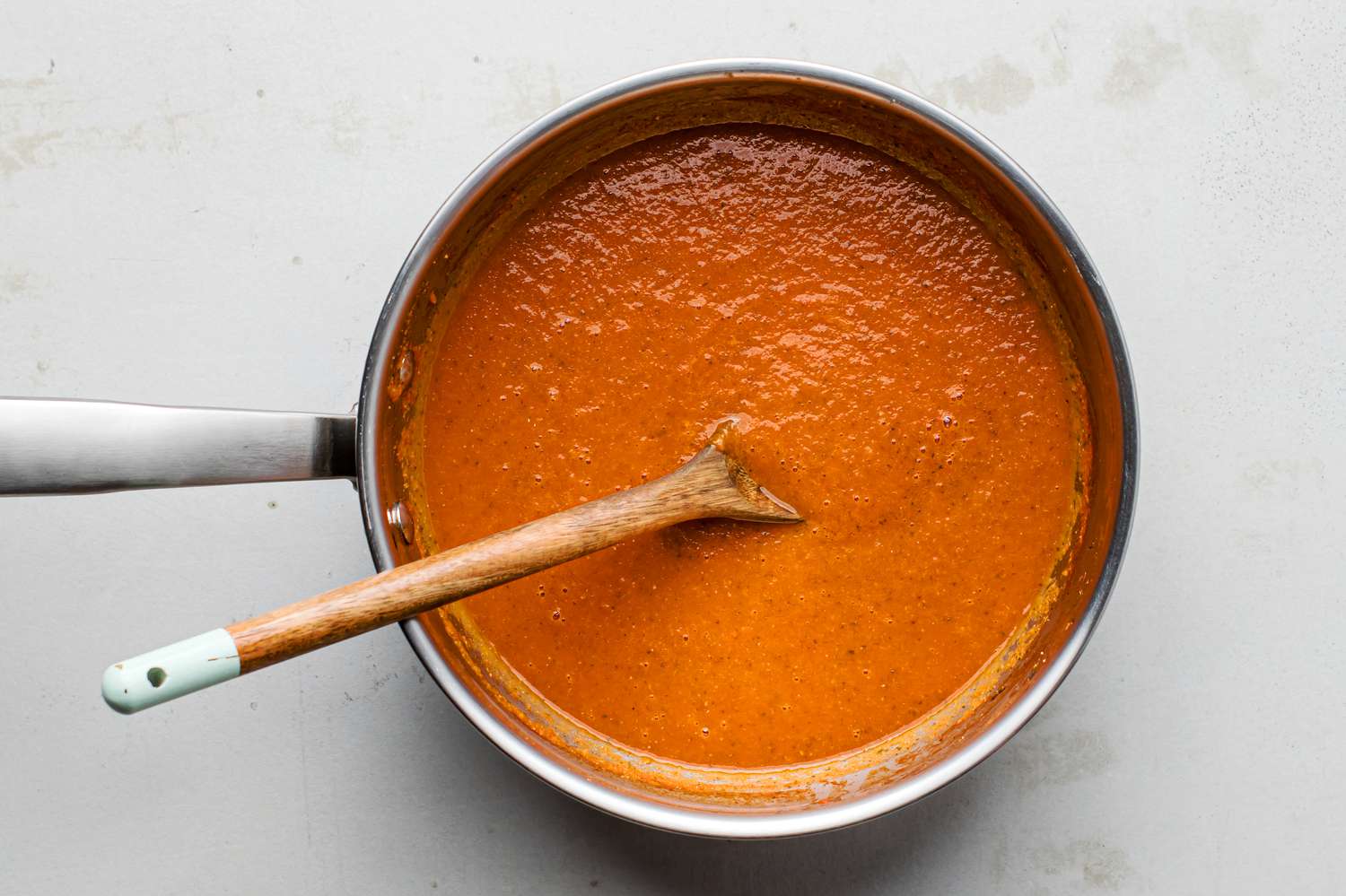Storing soups and stews is about reaching two targets: primarily, to confirm the meals stays safe and free from microorganisms that will set off illness, and likewise sustaining prime quality.
There are three elementary strategies you must make the most of, counting on how prolonged you have to protect the soup, along with what parts the soup or stew incorporates.
Refrigerating Soups and Stews
The best choice to retailer soups and stews (when you occur to’re planning to utilize them inside a few days) is throughout the fridge. Refrigerating soups and stews is normally a matter of transferring it to some type of container with a tight-fitting lid and getting it into the fridge inside two hours. It’s best to let it cool completely first, nonetheless do not fret an extreme quantity of if the soup stays to be warmth—stylish fridges, set to 40 F or colder, will shortly convey it proper right down to a safe temperature.
You probably can, when you’ve gotten room, even refrigerate the complete pot with the soup in it. Nevertheless it doesn’t matter what you retailer it in, soups and stews will protect throughout the fridge for spherical three days. And fortunately, with straightforward refrigeration, you would not have to worry about certain parts throughout the soups inflicting points, as you do with the next two storage methods.
Freezing Soups and Stews
Freezing soups and stews will significantly lengthen their shelf life as in distinction with storing them throughout the fridge. Soups and stews will comfortably final so long as three months throughout the freezer, assuming they’re saved accurately.
The precept concern with freezing soups and stews is top quality as a result of it pertains to the actual parts throughout the soups. Substances like pasta and noodles, milk, cream, cheese and completely different dairy merchandise, along with rice and potatoes, are all problematic throughout the freezer for quite a few causes.
Starchy parts like pasta, rice and potatoes take in an extreme quantity of of the soup’s liquid, turning them mushy. Dairy merchandise can separate. This is not to say which you’ll’t safely freeze soups and stews that embody all these parts, nonetheless merely know that they won’t fare as correctly throughout the freezer as soups with out them.
And largely this comes proper right down to the question of whether or not or not you’re preparing soup significantly for the freezer, by means of which case you probably can omit these parts and add them later earlier to serving, or whether or not or not you are attempting to freeze leftovers, by means of which case, you merely must associate with what you will have. On the entire, the a lot much less time points spend throughout the freezer, the upper they are going to be. So with soups that embody these disadvantage parts, assume by means of using them inside weeks reasonably than months.
Pint or quart-sized containers will work good, as long as they’re manufactured from freezer-safe supplies. Tempered glass (or completely different glass significantly labeled as safe for the freezer) is appropriate, nonetheless even these merchandise can crack if subjected to speedy temperature modifications, or within the occasion that they are packed too full.
One issue you don’t have to worry about with soups and stews is freezer burn. Ice crystals can form on the tops of frozen soups and stews, nonetheless exact freezer burn, the place the ground of a frozen merchandise turns into dry and discolored by way of lack of moisture, isn’t an issue with meals which could be principally liquid. With ice crystals, you probably can scrape them off or not, as a result of it is merely the moisture from the soup being drawn to the ground. It’s good to melt them once more into the soup.
To primarily stay away from ice crystal formation, freeze your soups and stews in freezer baggage with additional air pressed out (submitting them in a clear organizer will make it easy to form your soups!), or in freezer containers with a little bit of plastic wrap draped all through the ground of the soup.
Do try to chill your soup or stew to room temperature sooner than transferring it to the freezer. Meals that is is barely warmth is additional susceptible to forming ice crystals. Nevertheless in any event, don’t let it sit at room temperature for larger than two hours.
Canning Soups and Stews
One different approach for storing soups and stews is to can them. The precept profit to canning soups and stews is that they will protect for as a lot as a 12 months, versus three months throughout the freezer. Nevertheless along with that longer shelf life comes the necessity to adjust to strict procedures and stick with examined recipes.
An vital problem is that soups and stews are low-acid meals and thus they need to be canned using a pressure canner, versus the brand new water tub canning approach that is used for canning acidic meals like fruits.
Canning soups containing pasta, rice, flour, dairy, or thickeners like cornstarch simply is not safe, as they’re going to intervene with the reaching of the proper temperature for killing most likely harmful micro organism. These parts shall be added earlier to serving.
Likewise, certain parts, similar to beans, lentils and break up peas needs to be cooked, not dry. Must you adjust to the recipes and ideas from a trusted web site, canned soups and stews shall be saved in a cool, dry, darkish place for as a lot as a 12 months. Moreover, the USDA advises that it is not safe to freeze puréed soups. (Nevertheless you probably can always purée it sooner than serving.)
